NEW ZEALAND pulled off a remarkable one-run win over England on Tuesday (28) as lionhearted paceman Neil Wagner's heroics saw the hosts become just the fourth side in test history to win a match after being asked to follow on.
Wagner took four wickets and two crucial catches at Wellington's Basin Reserve, where the hosts recorded only the second one-run victory in test cricket following West Indies' famous 1993 win in Adelaide.
New Zealand had Wagner to thank for one of the most dramatic outcomes ever seen in the game as he came back from a trouncing by England's batsmen to take the last wicket of James Anderson at the end of a manic day five.
Having set England 258 to win, New Zealand's hopes had faded after lunch as Joe Root (95) and captain Ben Stokes (33) produced a 121-run stand to cut the deficit to 57 runs with five wickets in hand on a sunny Tuesday afternoon.
Then came Wagner, who had bled more than eight runs an over in the third innings when England romped to a 267-run win in the series-opener at Mount Maunganui.
He had both Root and Stokes out slogging in Wellington then nervelessly held catches in the deep to help remove Stuart Broad (11) and wicketkeeper Ben Foakes for 35.
Foakes's wicket left tailenders Jack Leach and Anderson needing seven runs for victory, and Anderson smacked a boundary off Wagner to trim the target to two runs.
Wagner came again and had Anderson caught down the leg side for four to trigger jubilation among his team mates and the home fans in the crowd.
"It's a special one this and we'll celebrate it well," said Wagner, who finished with 4-62 in the fourth innings.
"It's an amazing achievement and obviously everybody contributed, so hats off to everyone. That's what this team's about, just keep playing.
"We keep loving to fight for each other."
With the two-match series ending 1-1, the hosts preserved their unbeaten record at home dating back to 2017.
They also handed England only their second defeat in 12 tests since Stokes and head coach Brendon 'Baz' McCullum unleashed the team's attacking 'Bazball' revolution last year.
Over the home summer, England chased down fourth-innings targets above 250 in three successive tests to whitewash New Zealand. And they will wonder how this one got away from them.
"That game as a whole, in terms of what test cricket's about, was just incredible," said Stokes.
"Wags (Wagner) came on and blew the game open for them. Sometimes things don't happen the way you want them to but it was a good one, wasn't it?"
England resumed on 48 for one in the morning, then lost four wickets in a hurry to be 80 for five, with Root running out a scoreless Harry Brook in a moment of madness.
But the former skipper shrugged off the mistake and threatened another century after his unbeaten 153 in the first innings.
England pushed past 200 but the momentum shifted again as Stokes threw the bat at a Wagner bouncer and top-edged to square leg where a running Tom Latham took the catch.
An unlikely aggressor through his 113-ball knock, Root also paid for attacking Wagner, sending a miscued pull to Michael Bracewell at midwicket.
Broad tried to slog his team over the line but ramped Matt Henry straight to Wagner at third man to be out for 11.
Foakes and Leach carried England to within seven runs but Foakes pulled captain Tim Southee to fine leg where a scrambling Wagner took a low catch on his knees, leaving the tailenders exposed.
Kane Williamson was named Man of the Match having scored a brilliant 132 in the second innings when the hosts dug deep to put on 483 and defy Stokes for enforcing the follow-on.
Stokes said he had no regrets about making the Black Caps bat again.
"Other teams are allowed to play better than us and New Zealand have played better than us this week."
England's outstanding rookie Harry Brook was named Man of the Series after 186 in the first innings and twin half-centuries at Mount Maunganui.
The last time a team won after following on was in 2001 when India beat Australia by 171 runs at Eden Gardens.
"Only a handful of sides have been asked to follow on and come back to win so I think it's a pretty special one," said Southee.
"I guess to be on the back foot after two days and the character being shown in the last three days ... has been very impressive."
(Reuters)
New Zealand pull off miracle one-run win over England





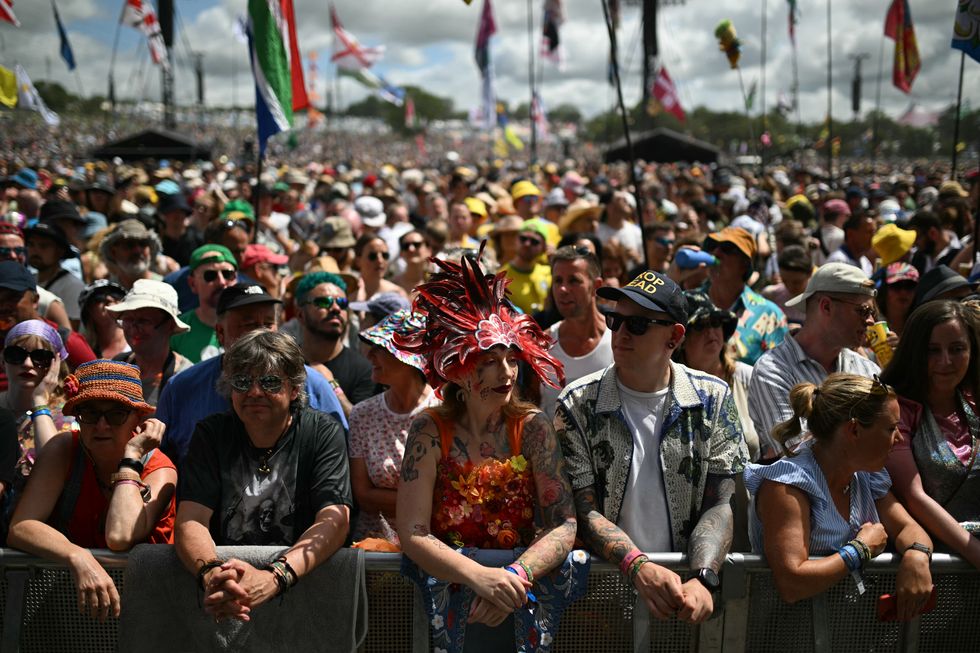 Festival goers at Glastonbury festival 2025Getty Images
Festival goers at Glastonbury festival 2025Getty Images  Pyramid Stage crowd swells ahead of the mystery Patchwork act rumoured to be Pulp Instagram/
Pyramid Stage crowd swells ahead of the mystery Patchwork act rumoured to be Pulp Instagram/ Kneecap welcome as political tension surrounds their setGetty Images
Kneecap welcome as political tension surrounds their setGetty Images Crowds of festival-goers fill the pathways during day three of Glastonbury festival 2025Getty Images
Crowds of festival-goers fill the pathways during day three of Glastonbury festival 2025Getty Images 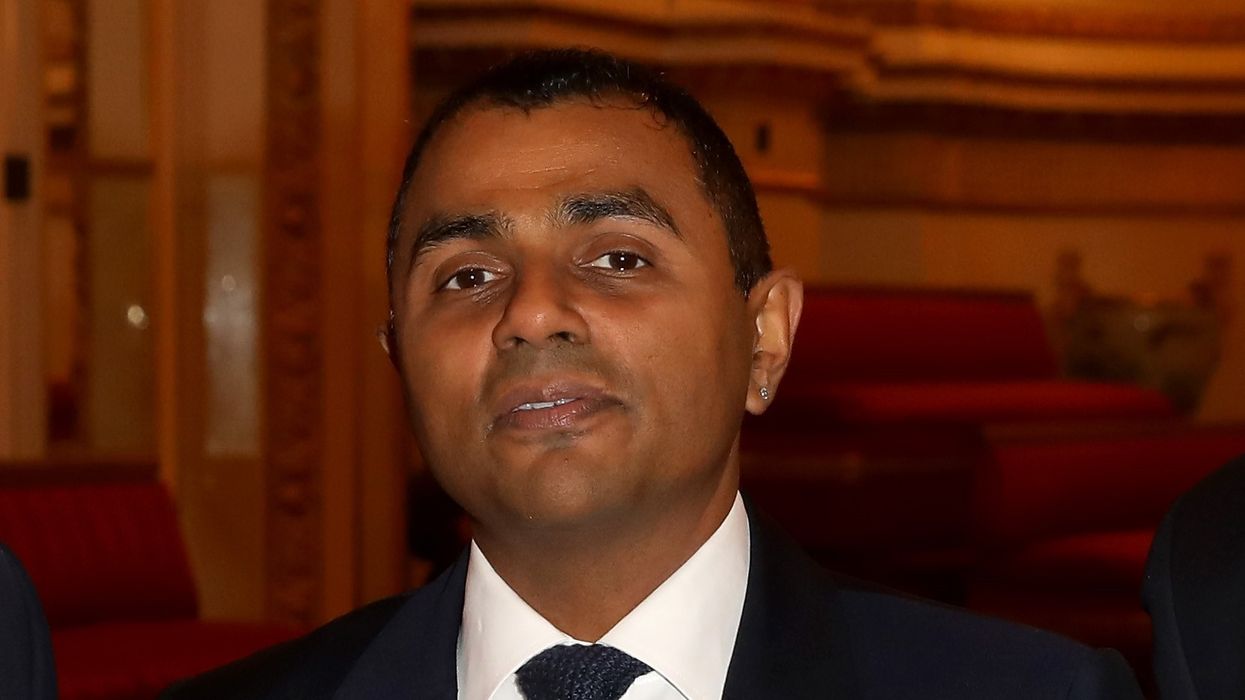

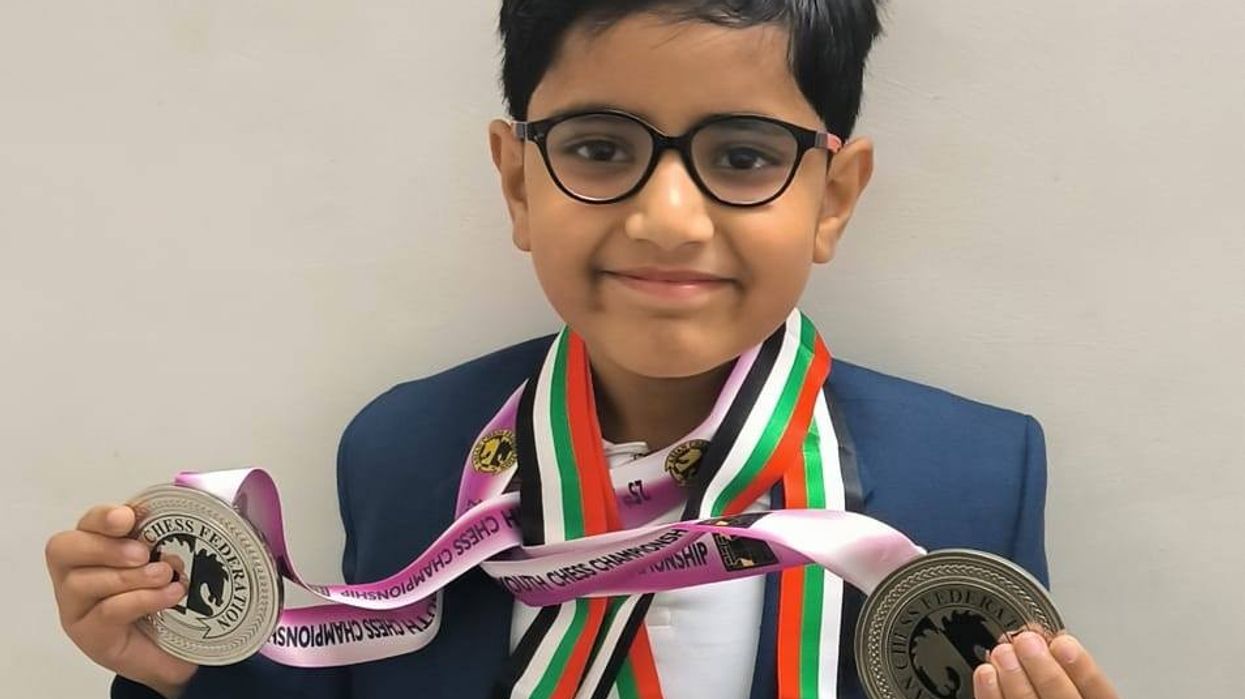


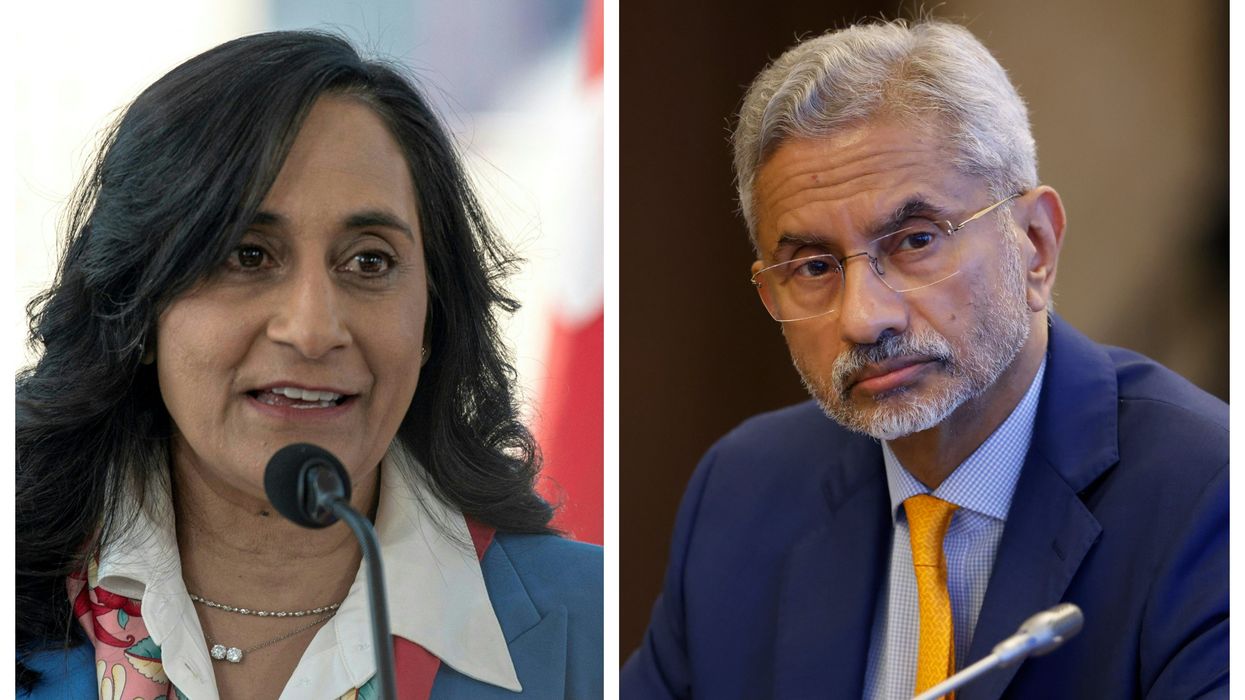
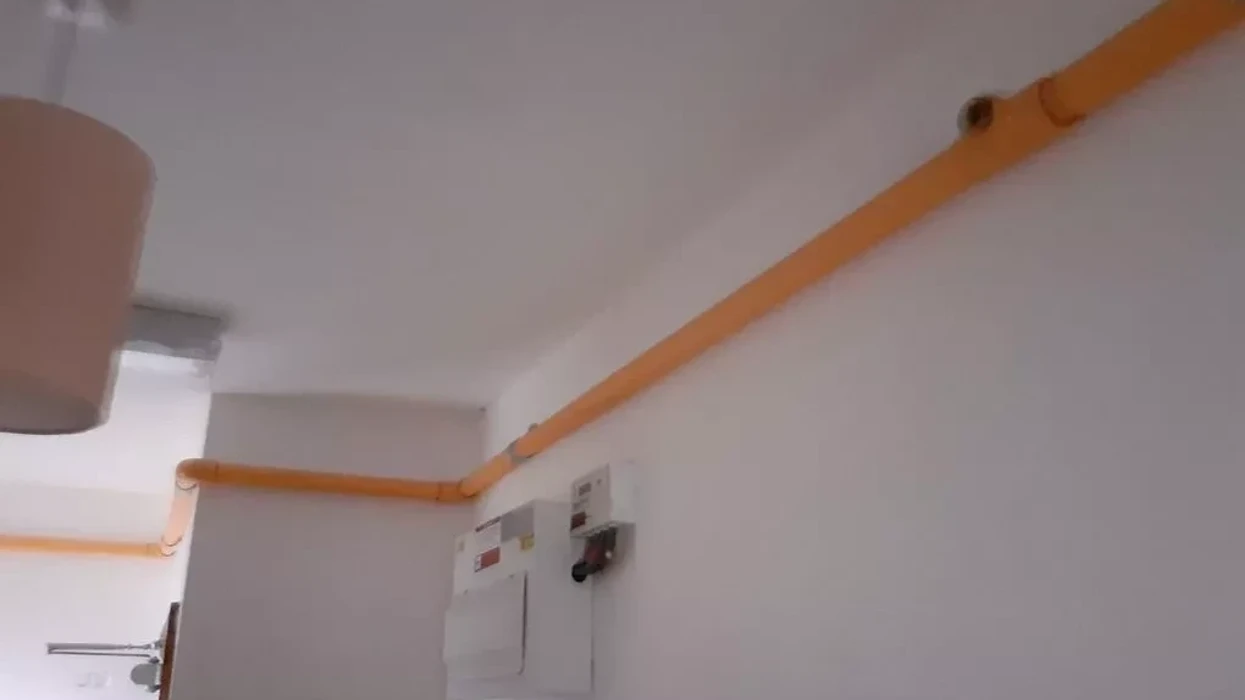
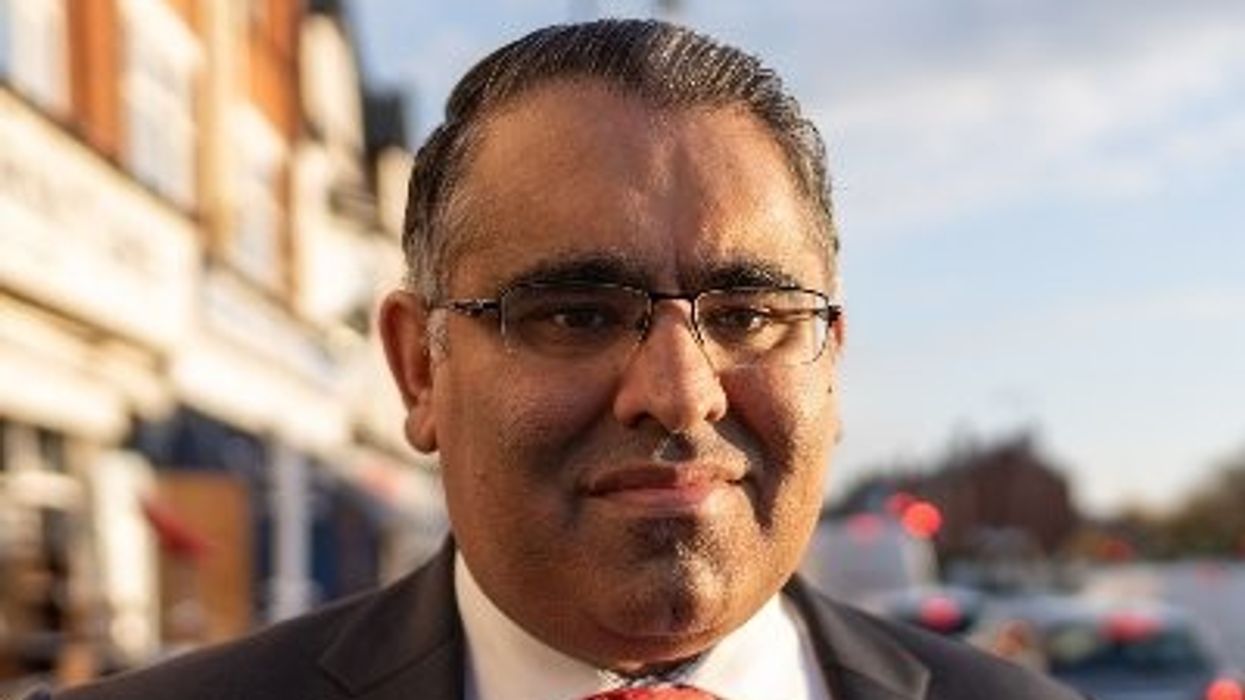


 Daniel Craig poses as James BondGetty Images
Daniel Craig poses as James BondGetty Images  James Bond casting shortlist revealed with Tom Holland Jacob Elordi and Harris Dickinson in leadGetty Images
James Bond casting shortlist revealed with Tom Holland Jacob Elordi and Harris Dickinson in leadGetty Images Is this the youngest James Bond yet as Tom Holland Harris Dickinson and Jacob Elordi lead casting rumoursGetty Images
Is this the youngest James Bond yet as Tom Holland Harris Dickinson and Jacob Elordi lead casting rumoursGetty Images
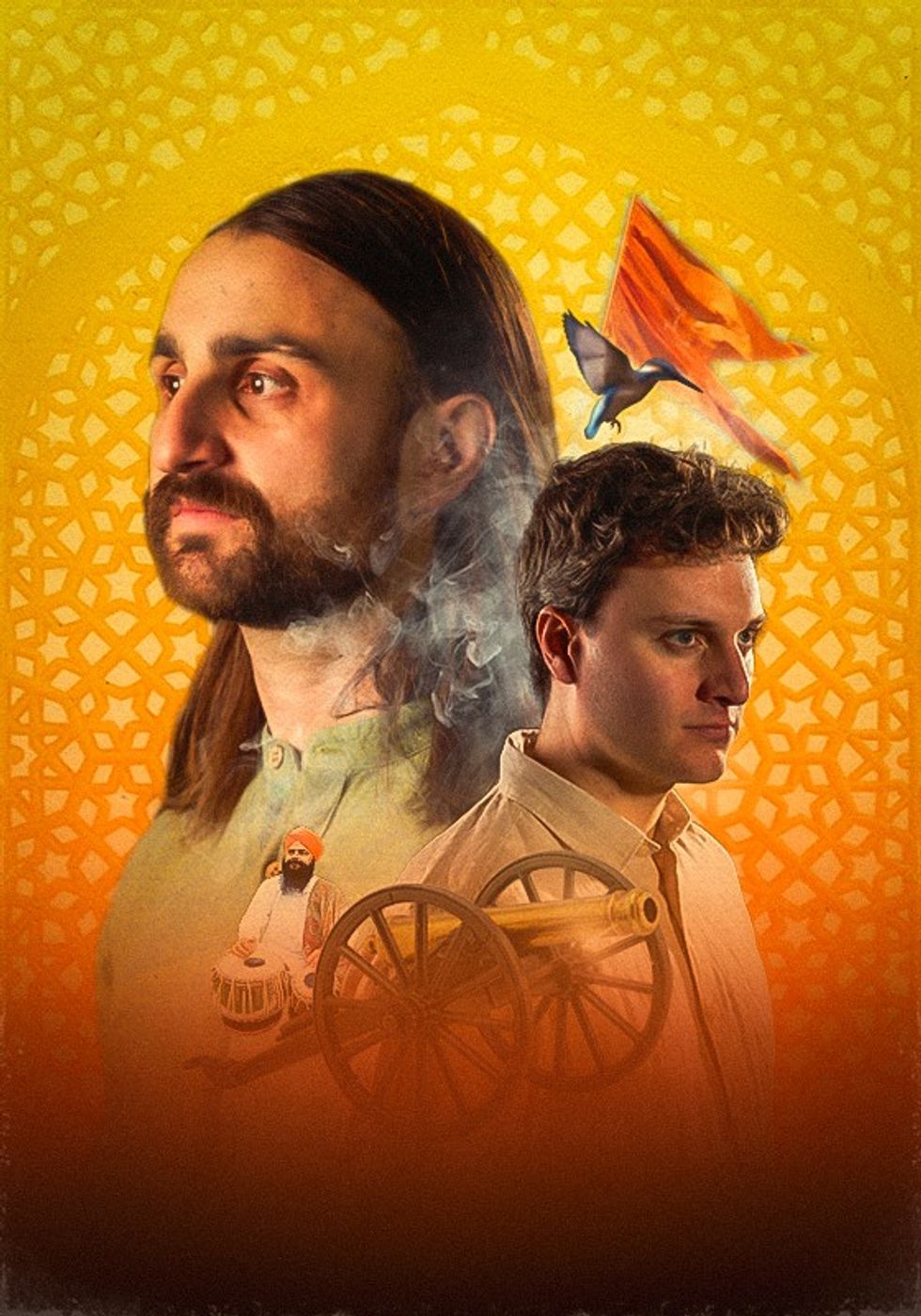 An explosive new play that fuses biting satire, history and heartfelt storytellingPleasance
An explosive new play that fuses biting satire, history and heartfelt storytellingPleasance
Police may probe anti-Israel comments at Glastonbury